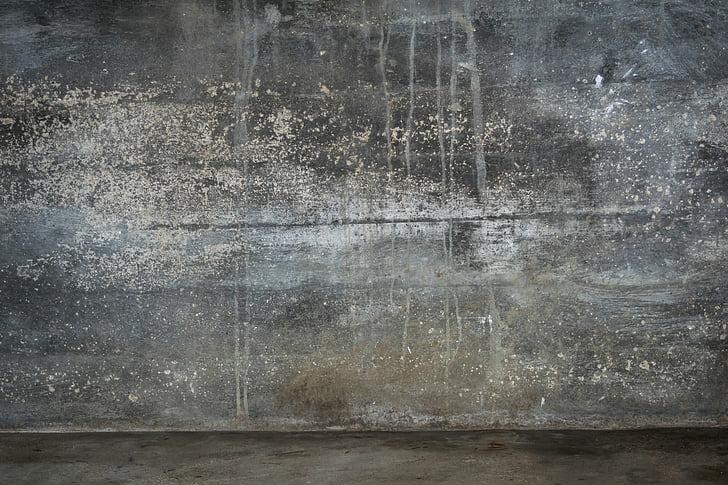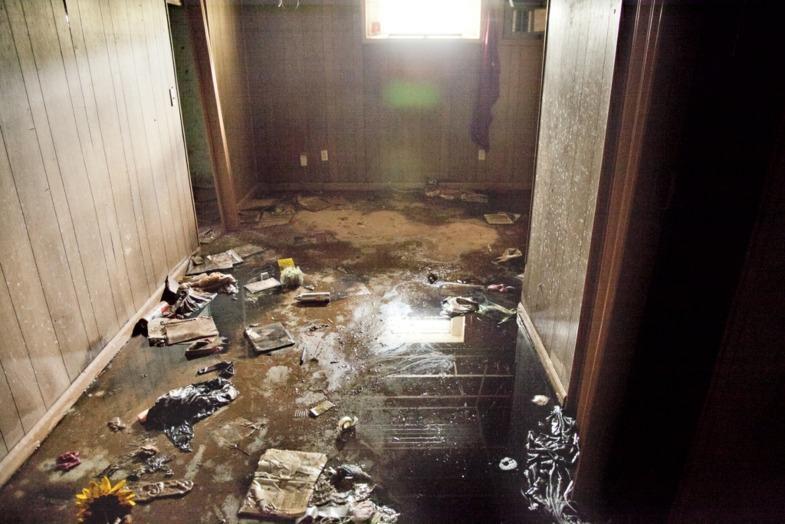
6 minute read
Waterproofing Basics
from DIGS 2024
by fernfriend
By Ryan R. Ennis
Waterproofing Basics
THE ARRIVAL OF SPRING CAN BE A MIXED BLESSING FOR HOMEOWNERS.
While most look forward to more daylight and warmer weather, we might also dread the threats of heavy rainstorms the season brings. We know that intense humidity, coupled with flooding in our communities, often leads to excessive moisture and water finding their way into our basements. Left unchecked, these menacing forces will jeopardize the home’s structure and air quality, and can potentially cause a loss of personal belongings.
To avoid such problems, “homeowners should periodically monitor their basements for standing water,” advises Steve Safie, owner of SAS Basement Waterproofing in Warren. “If found, it needs to be addressed right away.”
Before waterproofing can be performed, any accumulations of water should be dried. Otherwise, when operating power tools and other devices, homeowners could accidentally receive electrical shocks. Another reason is to prevent the dampness from being locked in during the application of waterproofing sealers. Once homeowners have dried the wet areas, dehumidifiers and powerful fans will help to keep the humidity in the basement at bay.
THE NEXT STEP IS TO THOROUGHLY CLEAN THE SPACE, especially if mold or mildew is present. There are several products on the market that can help with this task — such as an anti-fungal cleaner or diluted bleach — along with scrub brushes and buckets. Before using any chemicals, homeowners should wear eye protection, masks, and gloves to ensure they do not have any adverse reactions. Once the mold and mildew has been scrubbed away, a crystallized mineral deposit called efflorescence, a by-product of the evaporated water, might remain on the walls or floors and will need to be scrubbed off.
“An effective mineral for getting rid of mold is called Concrobium, which suffocates it,” says Safie. “It’s easy to apply it — just use a sprayer or fogger. It’s safe for pets and the environment.”
During the disinfection process, homeowners should look over their basement furnishings and other items for evidence of water damage. Ruined objects should be discarded. At the same time, homeowners should be searching for wet streaks and random puddles — typically the result of cracked pipes or overflowing through the cement walls. Sometimes, other signs of excessive water — such as corroded pipes and rusty hot water tanks — frequently appear because of high levels of moisture in the air.
A technique for finding whether humidity has been causing the corrosion is to tape a piece of aluminum foil the length and width of a ruler firmly to the wall. It should stay there for a full day or more. Any condensation forming on the outside of the foil means that there is too much dampness in the air. Beaded moisture on the inside of the foil suggests that seepage is coming in through the walls.
WITH THE BASEMENT NOW CLEARED, the next stage in the process is to determine what needs to be done to prevent additional catastrophes. If homeowners have been dealing with wet walls and substantial puddles of water after nearly every downpour, then they should call in an expert who has experience with performing exterior waterproofing measures. If the problems are less severe, then homeowners might consider interior waterproofing strategies.
Whether the basement is made of cinder blocks or poured cement, large holes and cracks found in the walls and floors can be drilled out and then plugged with hydraulic cement. The hydraulic cement will remain strong despite temperature changes in the weather and in the cement. Silicone-based sealers can also be used, but surfaces should be free of paint and other substances before they are applied. For smaller holes and cracks, silicone caulk is effective for filling them. Once all the openings have been patched, painting over them with masonry products can make the walls and floors look like new again.
Other causes of water damage are related to the leaks in the seals around a home’s exterior doors and windows. One troublesome spot is where runoff may gather in the window wells around egress (emergency escape) windows. Another is the seepage through the seals of the pipes and ducts connected to the foundation. To correct these issues, homeowners should re-seal the areas around any doors, windows, pipes, and duct work leading to the outside, as needed.
WHEN STANDING WATER IN THE BASEMENT BECOMES A COMMON OCCURRENCE, despite the homeowner’s less invasive efforts to correct it, then it’s time to explore options that typically require a professional’s expertise. One solution is having a sump pump installed to draw water away from the basement and the home’s foundation. Presently, there are two main types of sump pumps: pedestal (with the motor above the water line) and submersible (with the motor below it). While pedestal pumps are not as complicated to set up, submersible pumps have a more powerful motor and thus do a better job.
“Before getting a sump pump installed, people should also consider whether they want one with battery backup,” says Safie. “If you live in an area susceptible to power outages, it would definitely be a good feature to have.”
If water accumulates around the outside of the house after a rainstorm, then other actions should be taken to direct the water away from the foundation. Gutters should be kept clean, free of clogs, so that the rainwater flows easily through the downspouts, which should transport water at a minimum of a few feet away from the foundation. Underground sprinkling systems should also receive regular maintenance so that they function properly and spray away from the dwelling’s perimeter.
IN ADDITION TO INSTALLING NEW SUMP PUMPS, GUTTERS, AND SPRINKLER SYSTEMS, professionals can also assist with waterproofing a dwelling’s exterior foundation, whose cracks and joints may have become passageways for water to enter the basement. Sealing the exterior is a labor-intensive procedure. First, the specialists will excavate the soil around the home. Then they will clean and repair the foundation walls. Once those tasks are done, they will proceed with applying a waterproofing sealer around the foundation. After that, a new exterior drain system will be placed in the ground, and then the excavated sites will be backfilled with material such as crushed stones that allows for easy drainage. The final part will be leveling the dirt over the stones.
To complete the waterproofing process, according to Safie, homeowners should survey their landscape, “paying close attention to the soil.” If the dirt is compacted, the yard should be aerated periodically to promote absorption of the rainwater. Elevated shrubbery can pose another problem. If properly installed, the lawn and landscaping beds should be sloped in such a way that rainwater flows easily away from the foundation rather than towards it.












